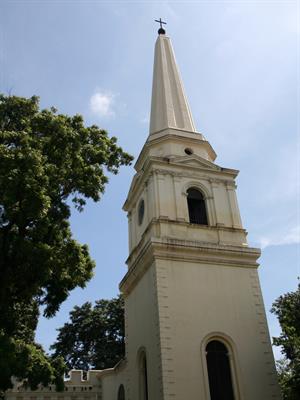
PUMPA - SMART LEARNING
எங்கள் ஆசிரியர்களுடன் 1-ஆன்-1 ஆலோசனை நேரத்தைப் பெறுங்கள். டாப்பர் ஆவதற்கு நாங்கள் பயிற்சி அளிப்போம்
Book Free DemoThe Early days of Madras:
The city of Madras was a centre of attraction for the British, located near the coast of the Bay of Bengal. The British began commercial operations from the port city, which played a crucial role in bolstering the British economy.
Commercial enterprises were set up by the British and the coastal city, and new Urban structures were developed later. The history of the British East India Company began in 1600.
Surat: In 1612, Sir Thomas Munroe, a British general, was sent to the court of Mughal Empire Jahangir to acquire the trading rights and set up a factory in Surat, which the ruler granted.
Slowly the British managed to acquire permission to construct a factory in Masulipatnam. The authorities chose this place as it was well protected from the monsoon winds.
Masulipattinam was hit with a great famine in 1630, which made the British's business precarious, and the famine left them reeling under economic pressure as they could not cultivate their crops.
The Arrival of Francis Day:
Post the famine incident in Masulipatnam, the British searched for an alternate place to establish the factory and Francis day and Andrew Cogan finally landed in a three-mile-long strip along the East Coast, the Madrasapattinam.

Fort St. George
The Land of Madrasapattinam was under the control of Damrala Vekatapathy Nayak, the Nayak of Wandiwash and a feudatory of the Vijayanagar empire. He issued a grant on Madrasapattinam for 2 years, which allowed the British to build a factory.
Madras: Francis day and Andrew Cogan landed in Madrasapattinam in 1640 and are believed to be founders of the modern-day Madras.
A fort named “Fort St. George” was constructed for the British's commercial purposes.
The White and Black Towns:
The Nayak rulers issued some decrees like decorating the towns and asked the British to paint the town around their settlement only in white as it was inhabited by the white people and later known as the “White Town”.
The fringe areas of the white town were inhabited by the locals who were constantly in conflict with the European settlers, and hence they named the town “Black town”.
The towns of Black and White towns were collectively called “Madras”.